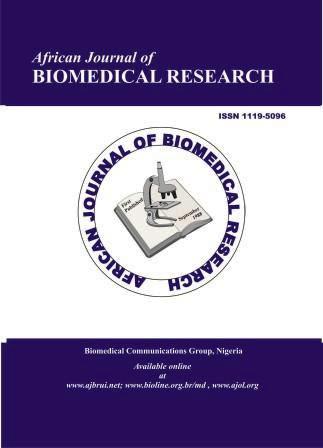Recent Developments in Photocatalytic Systems for Environmental Remediation
DOI:
https://doi.org/10.53555/AJBR.v26i3.7756Keywords:
Photocatalysis, Environmental remediation, Semiconductor photocatalysts, Organic pollutants, Hybrid materials, SustainabilityAbstract
A major worldwide concern is environmental pollution, including the tainting of soil, water, and air by heavy metals, organic pollutants, and new toxins. Photocatalysis has emerged as a promising technology for environmental remediation due to its ability to degrade a wide range of pollutants using light energy, typically from ultraviolet or visible light. This review explores recent developments in photocatalytic systems, focusing on advancements in photocatalytic materials, reactor designs, and applications in environmental cleanup. Semiconductor-based photocatalysts such as titanium dioxide (TiO2), zinc oxide (ZnO), and cadmium sulfide (CdS) have shown significant promise for degrading organic pollutants, but their performance is often limited by factors such as poor light absorption and low stability under real-world conditions. To address these challenges, innovations in composite and hybrid materials, as well as doping strategies, have enhanced photocatalytic efficiency and broadened their applicability. Additionally, advancements in reactor designs, including immobilized, suspended, and fluidized bed systems, have improved the scalability of photocatalytic processes for large-scale environmental applications. The efficiency of pollutant removal is further increased by combining photocatalysis with additional treatment technologies like adsorption and biological systems. The review concludes with a discussion of future directions, including the development of multifunctional photocatalysts, the application of 2D materials, and the use of artificial intelligence to optimize photocatalytic processes for sustainable environmental remediation.
Downloads
Published
Issue
Section
License
Copyright (c) 2023 Meetu Sukheja Wadhwa (Author)

This work is licensed under a Creative Commons Attribution 4.0 International License.









